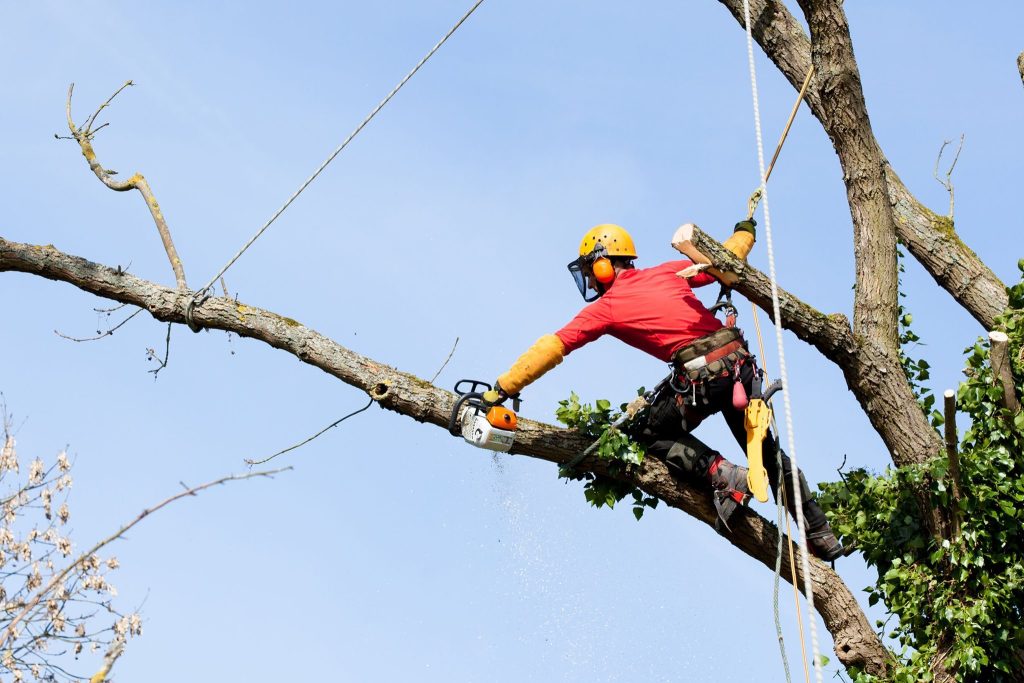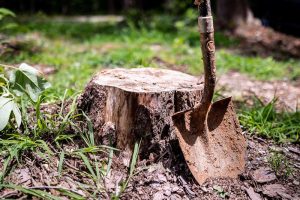Remove Small Trees
Small trees can sometimes outgrow their welcome, whether they’re encroaching on your property, posing safety hazards, or simply not thriving as expected. Removing them requires careful planning and execution to ensure safety and minimize environmental impact. In this, we’ll walk you through the step-by-step process of remove small trees efficiently and responsibly.
Why Remove Small Trees?
Before we delve into the removal process, it’s essential to understand why you might need to remove small trees. Here are some common reasons:
- Overcrowding: Small trees planted too closely together can compete for resources and stunt each other’s growth.
- Safety Concerns: Trees growing too close to structures, power lines, or roadways can pose safety risks if they fall or shed branches.
- Disease or Damage: If a small tree is diseased, infested with pests, or severely damaged, removal may be the best solution to prevent further spread or hazards.
- Landscaping and Aesthetics: Sometimes, trees may not fit your desired landscaping vision or may hinder the overall aesthetics of your property.
Assessing the Tree
1. Identify the Tree Species:
- Knowing the species helps determine the best removal method, as some trees are harder to remove than others.
2. Tree Size:
- Measure the height and diameter of the tree to gauge the scale of the removal task.
3. Health and Condition:
- Assess the tree’s health and whether it’s diseased or damaged. A healthy tree is typically easier to remove.
How to Remove Small Trees?
1. Manual Removal:
- Tools Needed: Shovel, mattock, pruning saw, and physical strength.
- Suitable for: Smaller trees with shallow root systems.
- Procedure: Dig around the tree, sever the roots, and then cut down the tree trunk.
2. Chemical Removal:
- Tools Needed: Herbicides (glyphosate-based) and appropriate safety gear.
- Suitable for: Trees with a trunk diameter of less than six inches.
- Procedure: Apply herbicide to the tree’s bark or drill holes and inject the herbicide.
3. Mechanical Removal:
- Tools Needed: Chainsaw, stump grinder, and safety gear.
- Suitable for: Larger trees or those with deep root systems.
- Procedure: Cut down the tree, grind the stump, and remove the roots with heavy machinery.
4. Professional Removal:
- When to Consider: If the tree is large, near structures, or poses safety risks, it’s wise to hire a certified arborist or tree removal service.
Safety Precautions
Regardless of the small tree removal method you choose, safety should be your top priority:
- Wear appropriate safety gear: This includes eye protection, hearing protection, gloves, and a hard hat.
- Clear the area: Ensure there are no bystanders or obstacles in the tree’s fall path.
- Follow proper technique: If manually removing the tree, understand how to cut and sever roots safely.
- Use the right tools: Make sure your equipment is in good working order.
The Small Tree Removal Process
1. Obtain Necessary Permits:
- Check local regulations and obtain any required permits for tree removal.
2. Plan the Cut:
- Determine the direction you want the tree to fall and plan your cut accordingly.
3. Make the Felling Cut:
- For manual and mechanical removal, make a horizontal felling cut on the side facing the desired fall direction.
4. Control the Fall:
- Use wedges to control the tree’s fall direction, ensuring it falls safely.
5. Remove the Stump by :
1. Stump Grinding:
- Equipment Needed: Stump grinder (rentable), safety gear.
- Use a stump grinder to mechanically grind the stump into wood chips. This is the most efficient and common method for large stumps.
2. Digging and Axing:
- Equipment Needed: Shovel, mattock, ax, and physical strength.
- Dig around the stump to expose the roots, then use an ax or saw to cut through the roots and remove the stump.
3. Chemical Stump Removal:
- Equipment Needed: Herbicides (potassium nitrate), drill.
- Drill holes into the stump, fill them with a stump remover and let it decompose the wood over time. This method is slower but requires less physical effort.
4. Burning:
- Equipment Needed: Kerosene, safety gear.
- Drill holes into the stump, pour kerosene into the holes and allow it to soak. Ignite the stump and let it burn down to ashes.
6. Dispose of Debris:
- Dispose of tree debris responsibly, whether through recycling, mulching, or local disposal services.
After Removal
1. Fill the Hole:
- If you manually removed the tree, fill the hole left by the roots with soil.
2. Monitor the Area:
- Keep an eye on the spot where the tree once stood for any signs of regrowth.
3. Consider Replanting:
- If desired, you can replant a more suitable tree in the empty spot.
The Pros and Cons of Tree Removal
Pros:
- Safety: Removing hazardous or damaged trees enhances safety.
- Space: Creates space for new landscaping or structures.
- Aesthetics: Improves the appearance of your property.
- Healthy Growth: Allows remaining trees to thrive without competition.
Cons:
- Environmental Impact: Tree removal can disrupt ecosystems and reduce green cover.
- Cost: Professional removal services can be expensive.
- Time-Consuming: Removing a tree manually can be labor-intensive.
- Regrowth: Some trees may resprout from the stump or roots.
Conclusion
Removing small trees is a task that requires careful planning, the right tools, and a focus on safety. Whether you choose manual, chemical, mechanical removal, or professional services, consider the impact on your property and the environment. With proper techniques and precautions, you can efficiently remove small trees while promoting safety and the aesthetics of your landscape.





